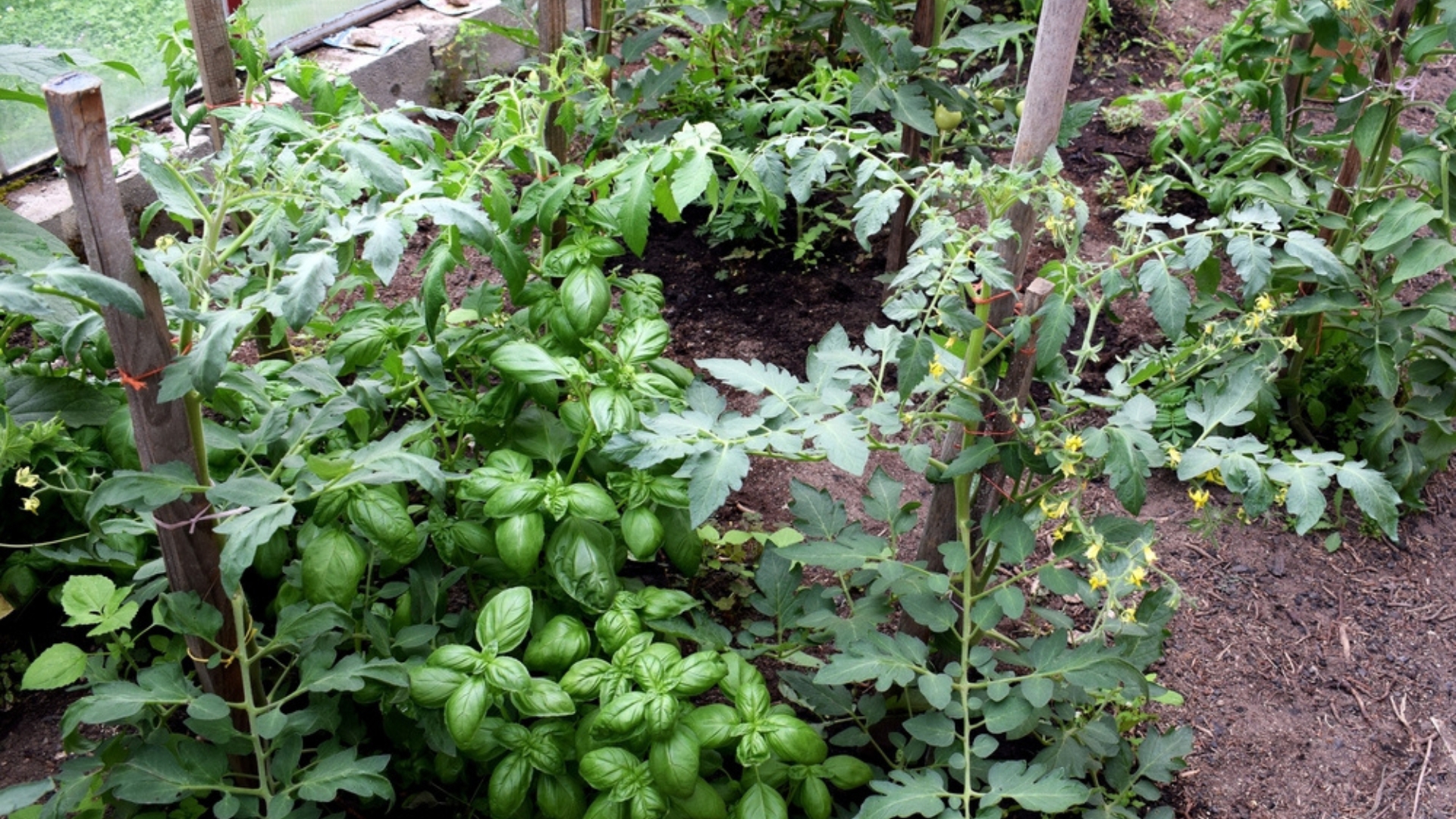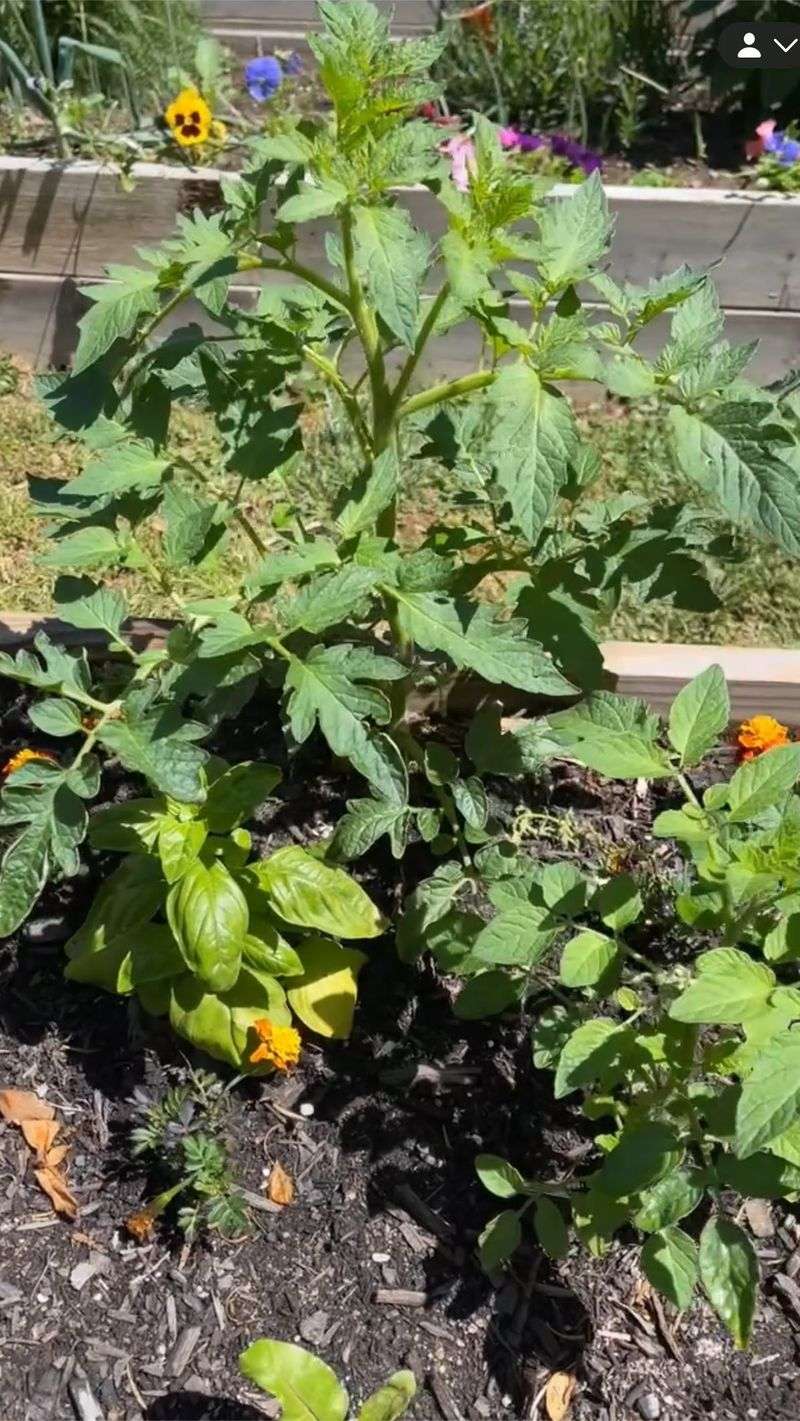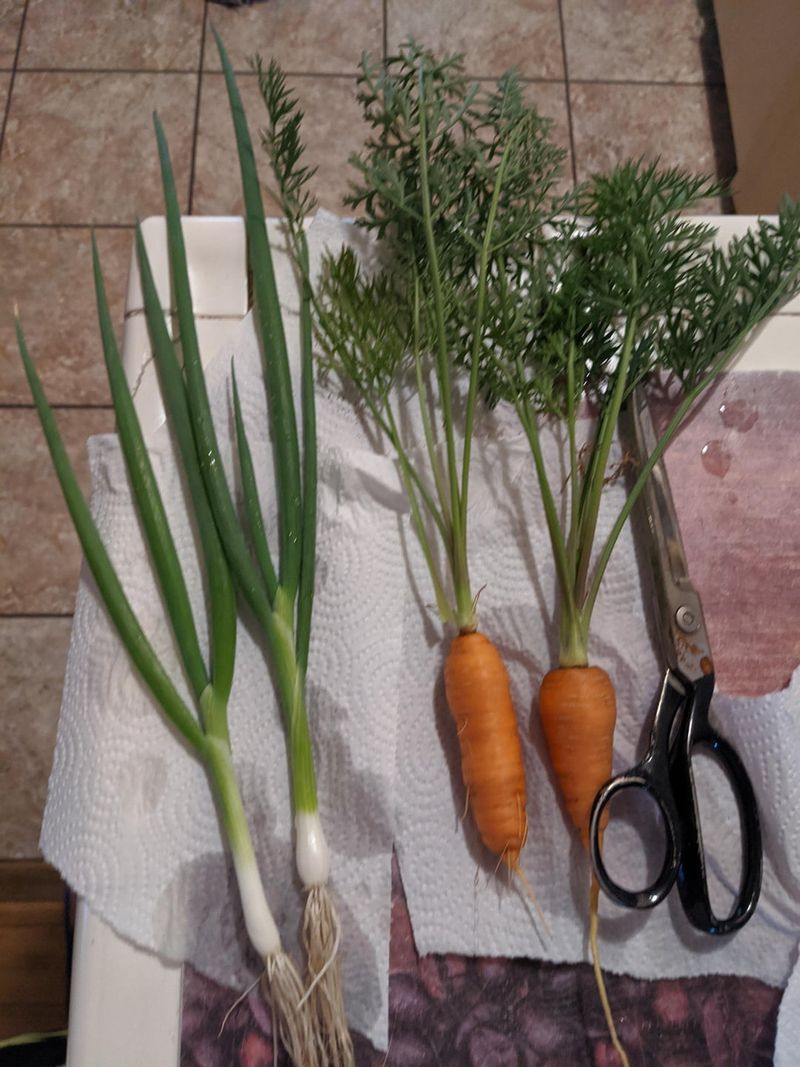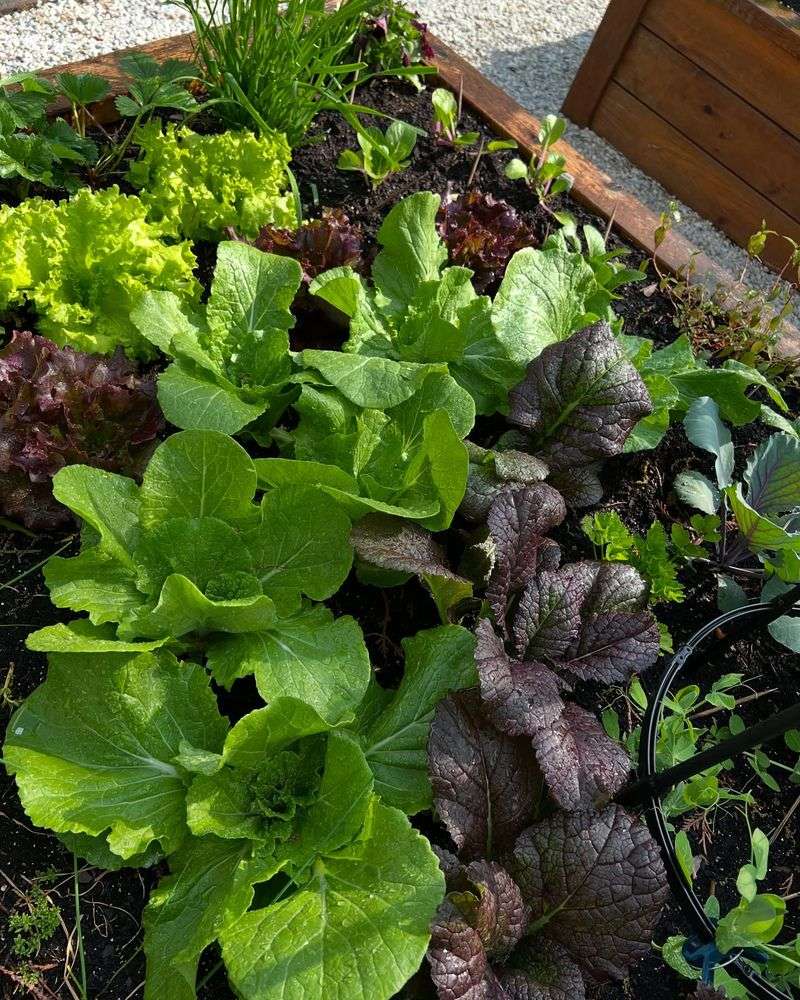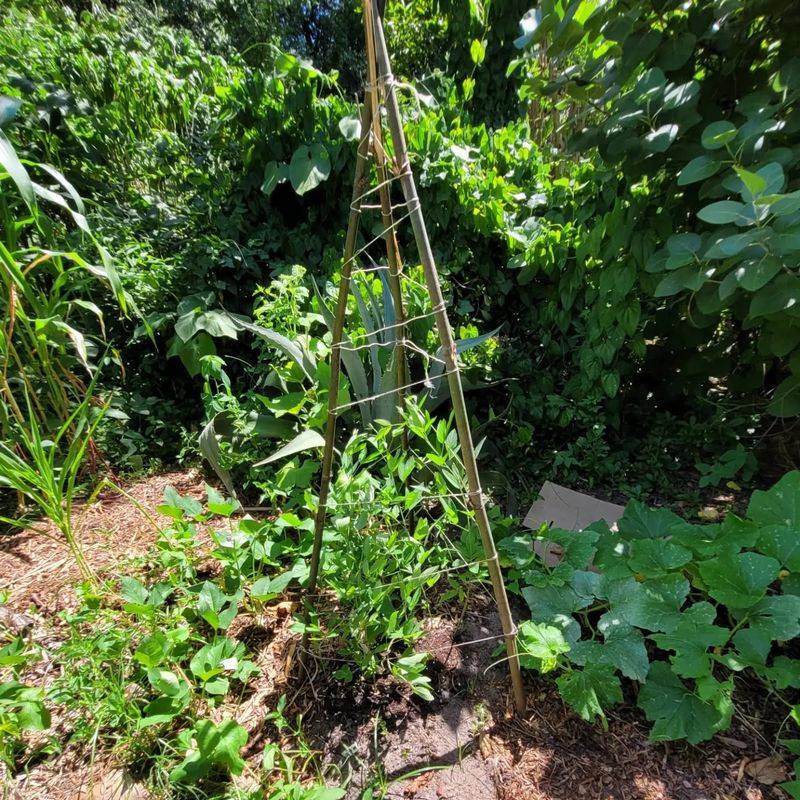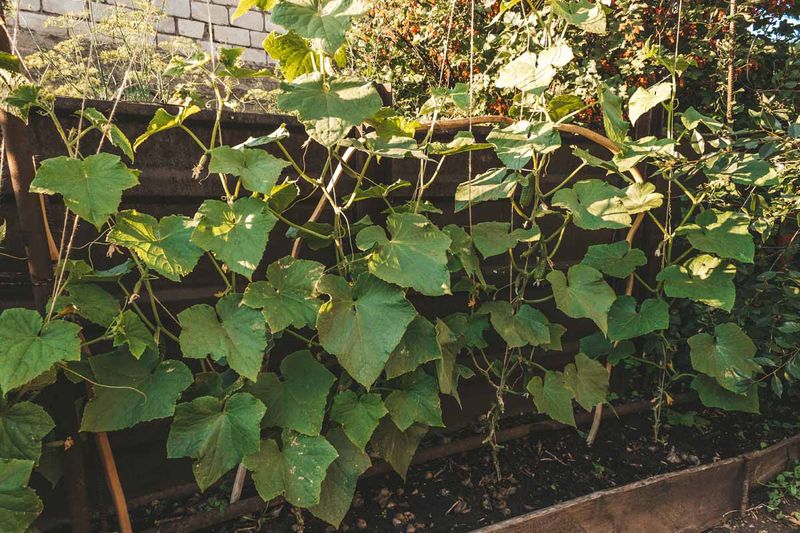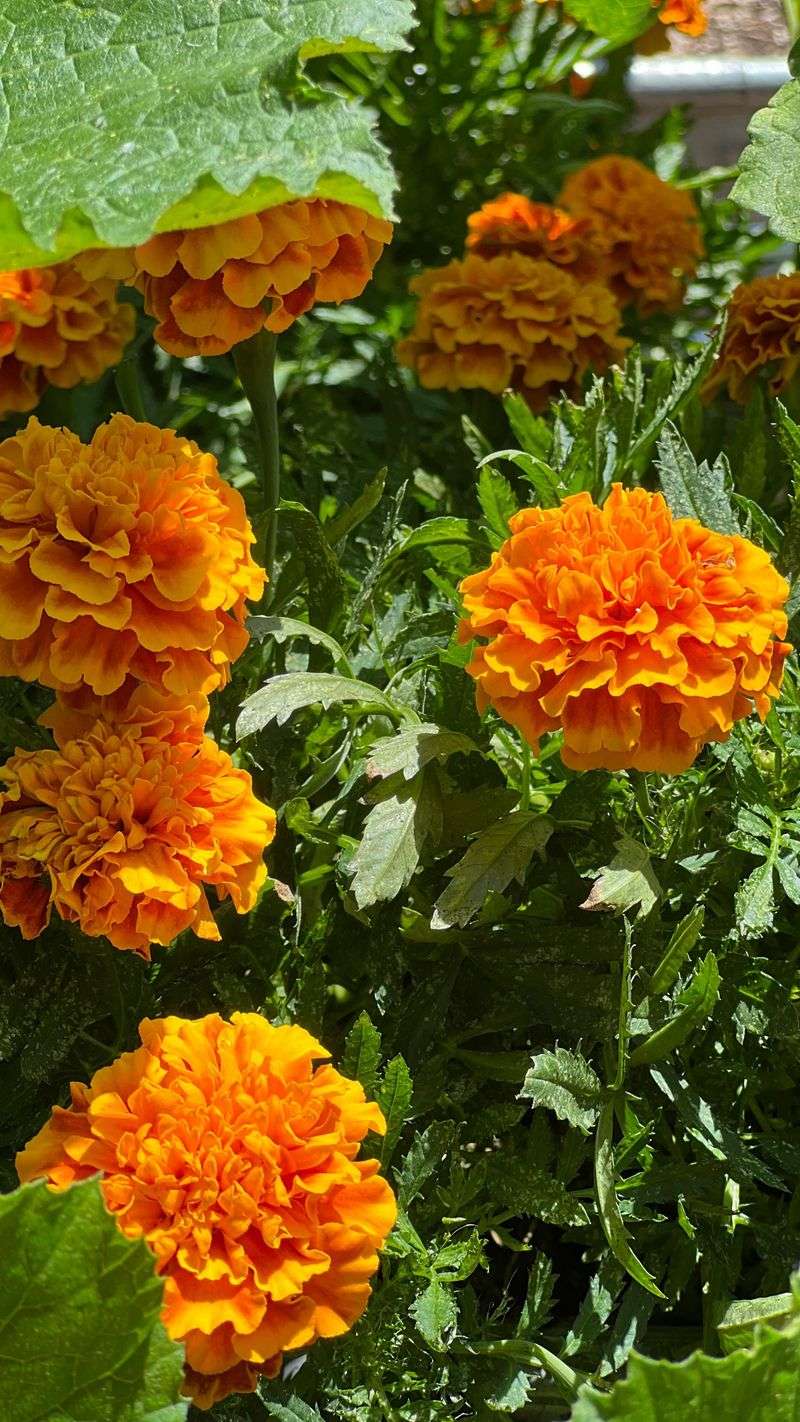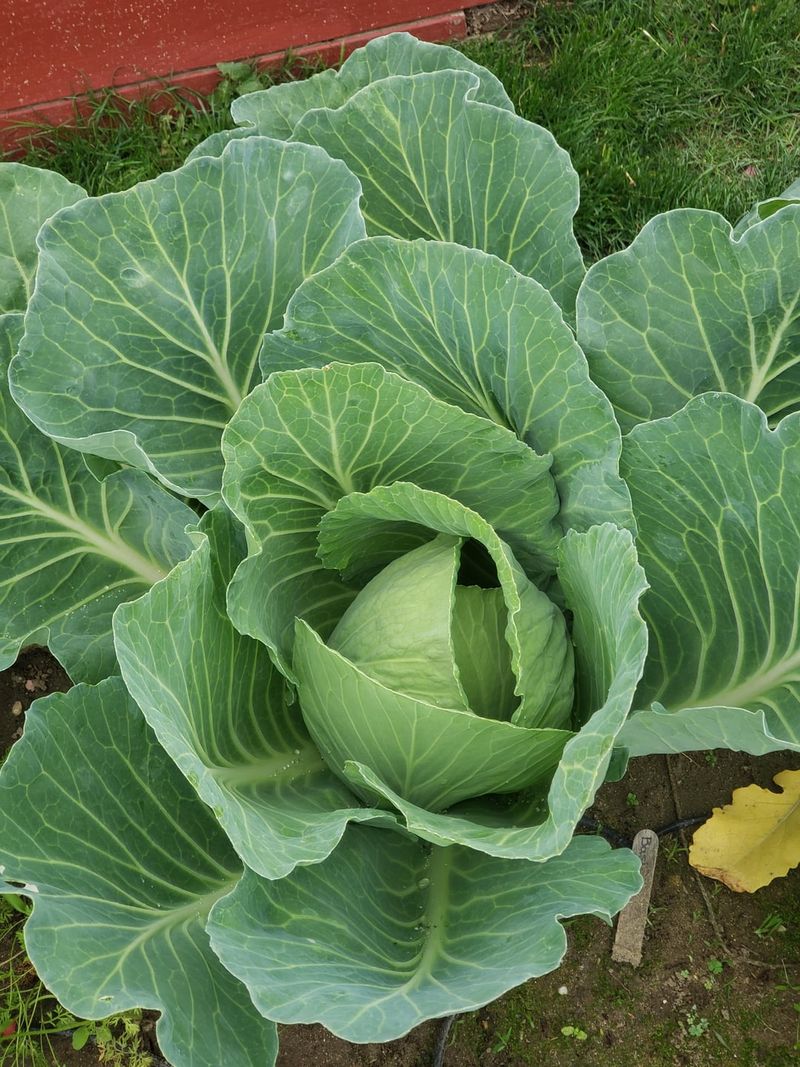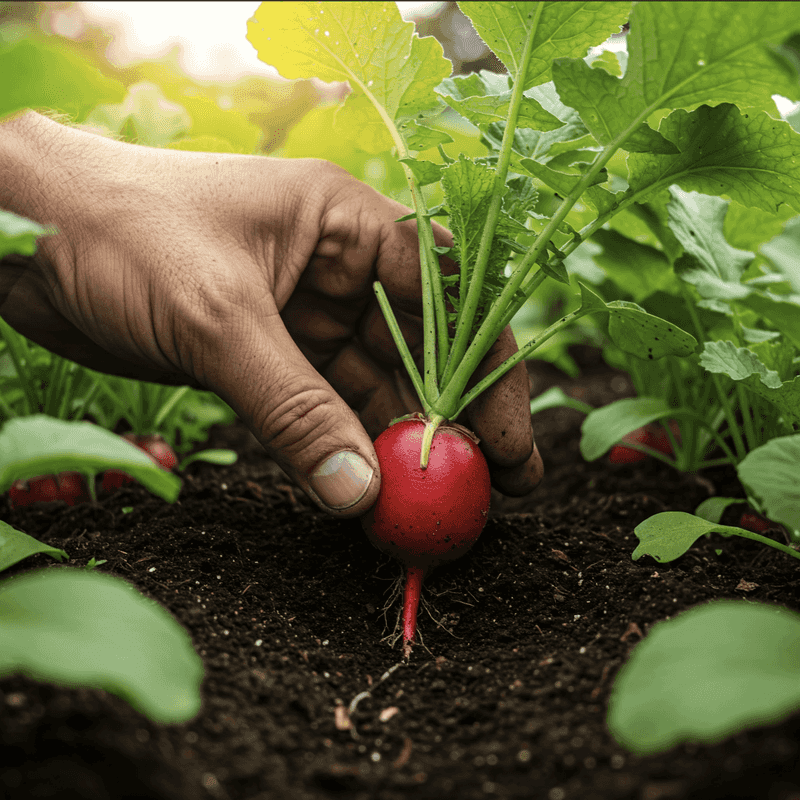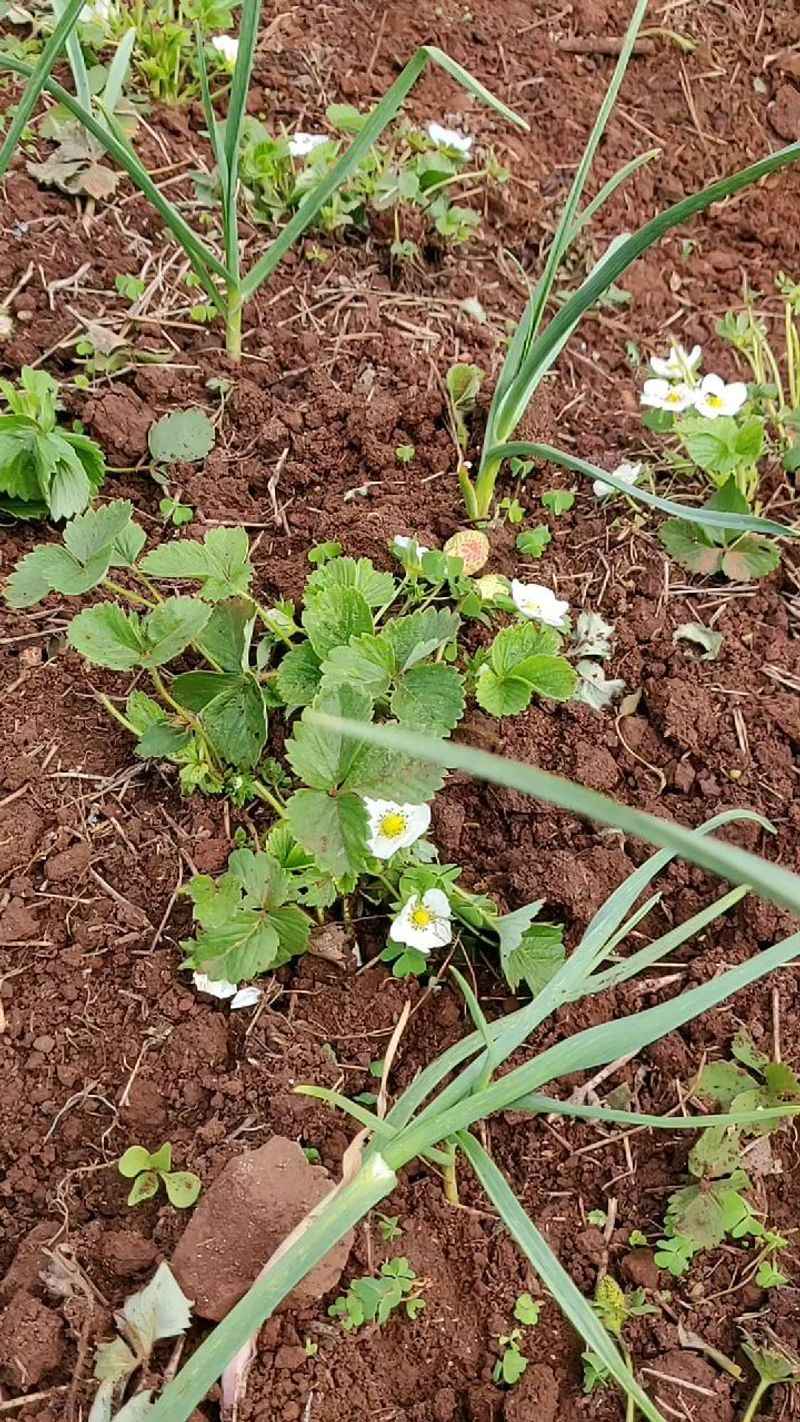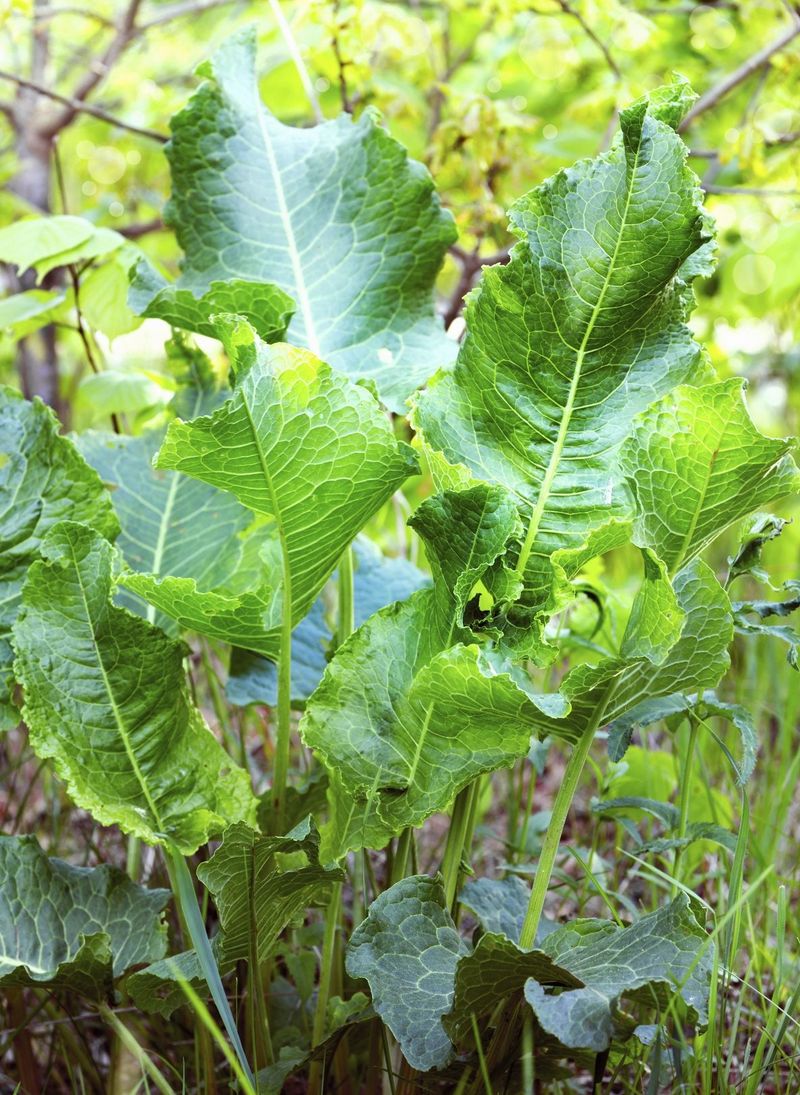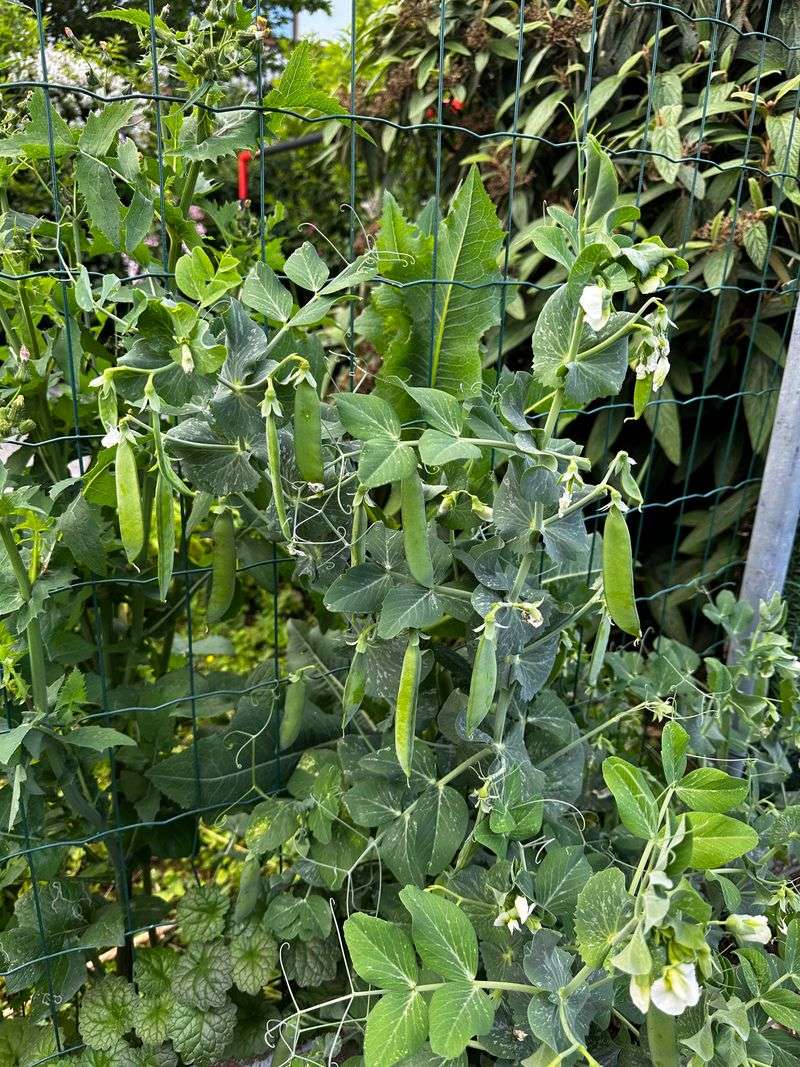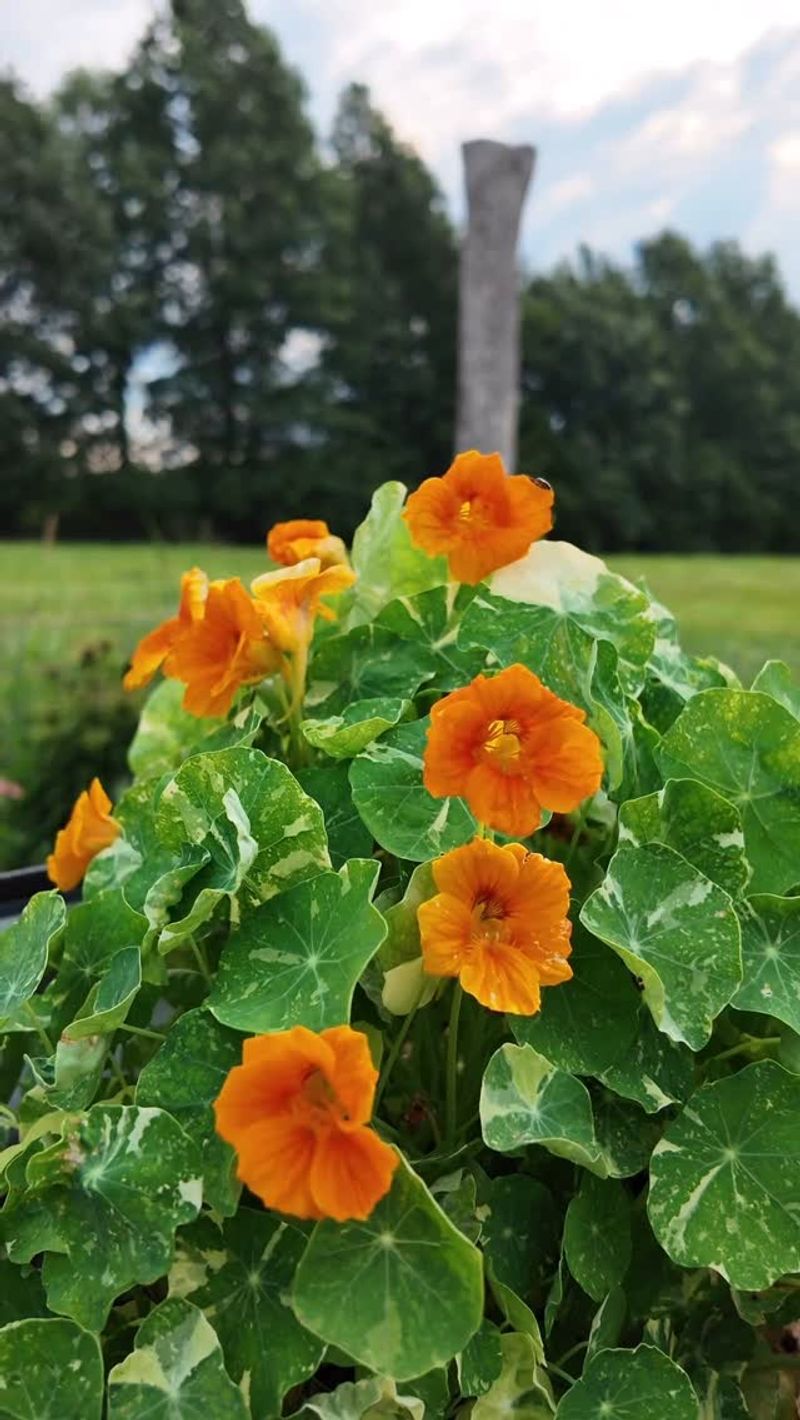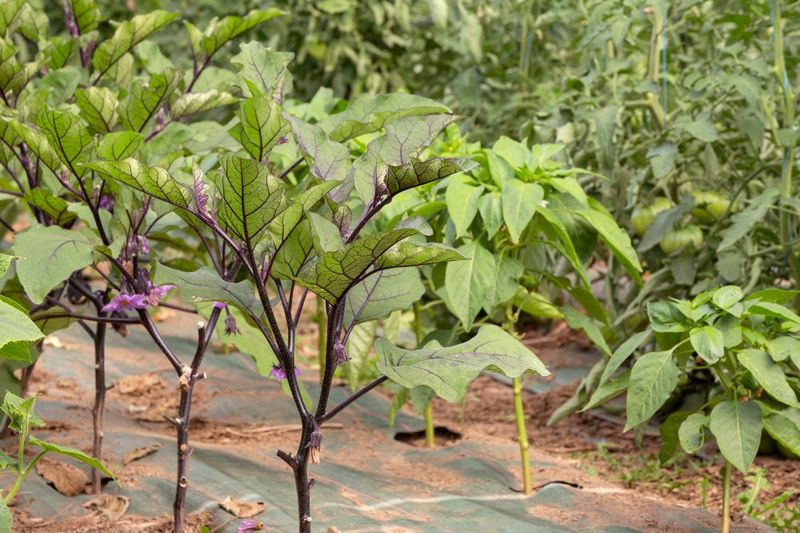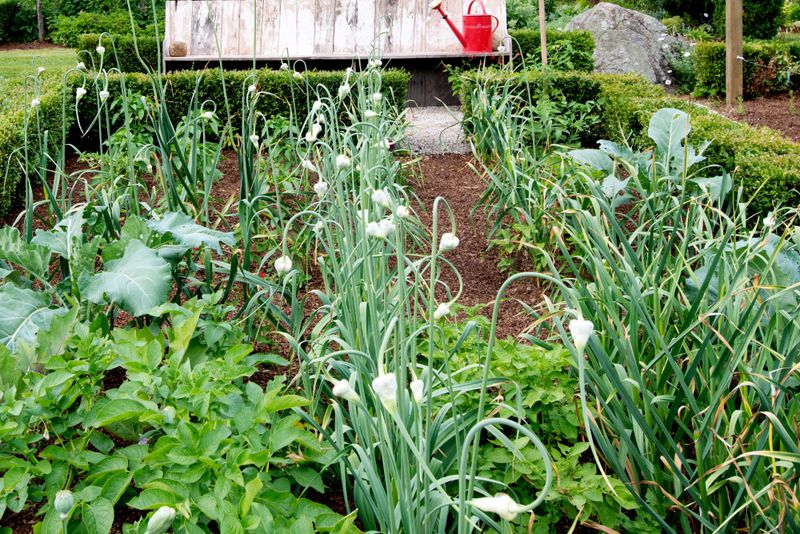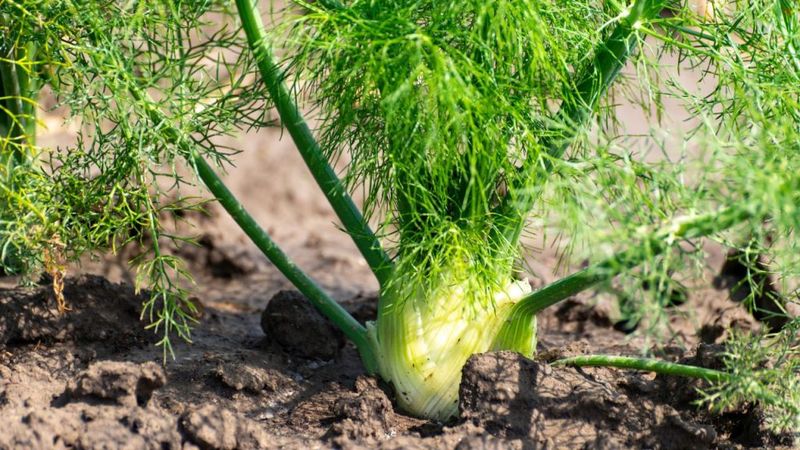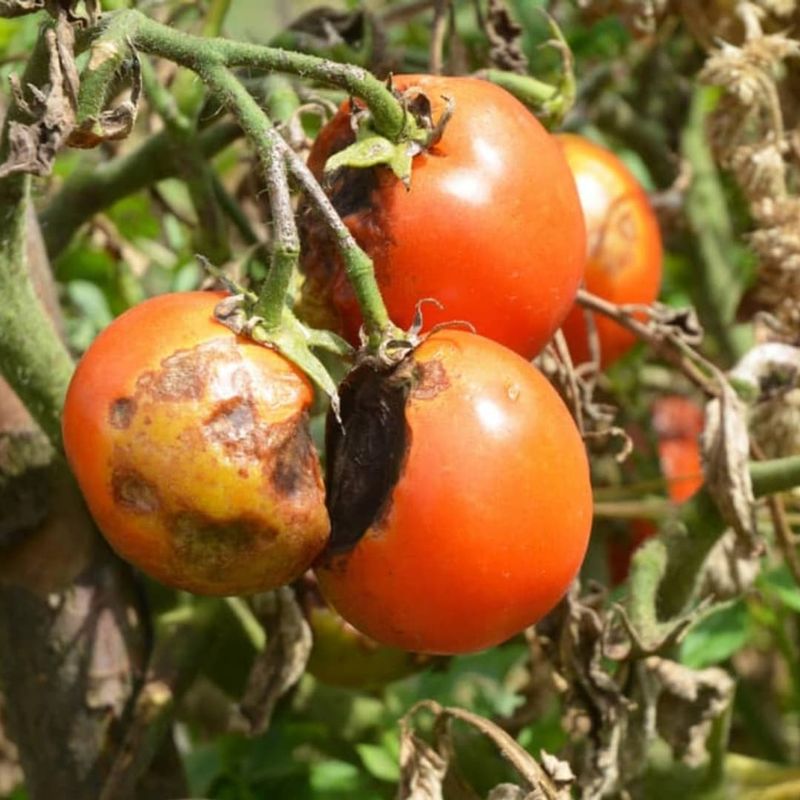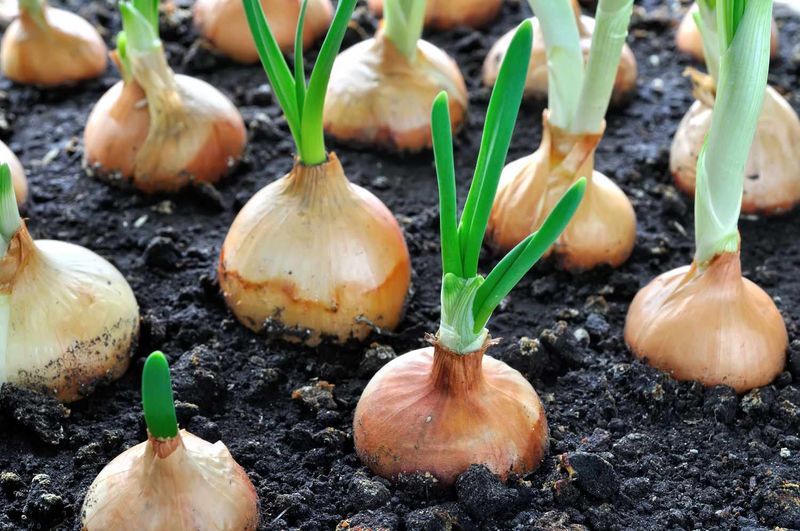Garden planning just got easier with companion planting – the age-old practice of growing certain vegetables side by side for mutual benefits. Some veggie neighbors protect each other from pests, while others enhance flavor or boost growth. Not all plants play nicely together though, and some combinations can spell disaster for your garden. Let’s explore which vegetables make the best garden buddies and which ones should keep their distance.
1. Tomatoes and Basil: The Classic Couple
Nothing says “summer garden” quite like the aromatic pairing of tomatoes and basil. These Mediterranean favorites don’t just complement each other in your pasta sauce – they’re actually helping each other thrive right in the garden bed.
Basil repels troublesome tomato hornworms and flies while improving the flavor of your tomatoes. The strong scent of basil masks the tomato plant smell that typically attracts pests. As an added bonus, many gardeners swear that tomatoes grown alongside basil simply taste better!
Plant basil around the perimeter of your tomato patch, leaving about 10-12 inches between plants. Both enjoy similar watering and sunlight conditions, making them truly perfect companions from soil to table.
2. Carrots and Onions: Underground Allies
Smart gardeners have long planted carrots and onions in alternating rows, creating a natural pest management system beneath the soil. This pairing works because onions repel carrot flies, which can devastate your orange root crops in no time.
Meanwhile, carrots help deter onion flies and other pests that typically plague onion crops. The distinct aromas of each plant mask the smell that would normally attract their respective pests, creating a mutual protection pact.
For best results, stagger your planting with rows of onions followed by rows of carrots, spacing them about 4 inches apart. Both vegetables have similar water and light requirements, making them easy to care for as a team.
3. Lettuce and Tall Vegetables: Shade Seekers
Ever noticed how lettuce tends to bolt (go to seed) when summer heats up? That’s where tall vegetable companions come to the rescue! Planting lettuce alongside corn, pole beans, or sunflowers creates natural shade that keeps lettuce cool during hot afternoons.
This clever pairing extends your lettuce harvest by weeks or even months. The tall plants serve as living shade cloths while lettuce maximizes otherwise unused ground space. Since lettuce has shallow roots, it won’t compete with the deeper root systems of its taller companions.
Sow lettuce seeds around the base of corn stalks or pole bean trellises once they’ve grown about a foot tall. Water at soil level to prevent fungal issues, and you’ll enjoy crisp salads long into the growing season.
4. Three Sisters: Corn, Beans, and Squash
Native American wisdom gave us the legendary “Three Sisters” planting method – possibly the most famous companion planting technique in history. Corn provides natural stakes for beans to climb, eliminating the need for trellises. The beans, being nitrogen-fixers, enrich the soil for both corn and squash.
Squash plays its part by spreading large leaves across the ground, creating living mulch that suppresses weeds and retains moisture. Its prickly stems also deter raccoons and other critters from raiding your corn. Together, these three crops create a self-sustaining mini-ecosystem.
5. Cucumbers and Sunflowers: Climbing Partners
Cucumber vines are always searching for something to climb, and sunflowers make perfect living trellises! This space-saving combo transforms your garden vertically while creating mutual benefits for both plants.
Plant sunflowers first, giving them a head start of a few weeks. Once they’re about a foot tall, sow cucumber seeds around their base. As sunflowers reach for the sky, cucumber vines will naturally twine around their sturdy stalks, keeping fruits clean and off the ground where they might rot.
Sunflowers also attract beneficial pollinators that help cucumbers set fruit, while their height provides afternoon shade that cucumbers appreciate. After harvest, both plants can be composted together, returning nutrients to your garden soil for next season.
6. Peppers and Marigolds: Colorful Defenders
Bright marigolds aren’t just pretty faces in the garden – they’re powerful pepper protectors! Their roots release chemicals that repel nematodes and other soil pests that can damage pepper plant roots. The strong scent of marigold flowers also confuses many flying insects that would otherwise target pepper plants.
Peppers benefit tremendously from this partnership, often producing more abundant harvests when surrounded by these cheerful orange and yellow blooms. As a bonus, marigolds attract beneficial insects like ladybugs and hoverflies that prey on aphids – a common pepper pest.
Plant a border of marigolds around your pepper patch or intersperse them between plants. French marigold varieties work best for pest control. This pairing adds vibrant color to your vegetable garden while creating a healthier growing environment without chemicals.
7. Cabbage and Aromatic Herbs: Pest Confusion
Cabbage family plants (including broccoli and cauliflower) face constant attacks from cabbage moths and butterflies. Enter aromatic herbs like thyme, sage, rosemary, and mint – nature’s own pest confusers! These strongly-scented herbs mask the distinctive smell of brassicas that typically attracts cabbage pests.
The herbs’ complex aromas effectively jam the radar of egg-laying moths and butterflies, making it harder for them to locate your cabbage plants. Many of these herbs also attract beneficial predatory insects that feed on cabbage worms and other pests, creating a natural defense system.
Plant aromatic herbs in a protective ring around your cabbage patch or intersperse them between every few cabbage plants. This fragrant partnership reduces the need for row covers or pesticides while adding culinary herbs to your harvest basket!
8. Radishes and Spinach: Fast Friends
Quick-growing radishes make perfect companions for spinach in early spring gardens. Radishes germinate rapidly and break up the soil as they grow, creating pathways for water and nutrients that benefit neighboring spinach plants.
Spinach, with its broad leaves, eventually provides partial shade that helps keep radishes from becoming too hot and pithy when temperatures rise. This shade extends the radish harvest season. Both crops mature quickly, allowing you to replant the area with heat-loving summer vegetables.
Sow radish seeds between spinach rows, spacing them about 2 inches apart. Harvest radishes as needed, which naturally thins the planting and gives spinach more room to expand. This partnership maximizes production in small spaces and gets your garden off to a productive start early in the season.
9. Garlic and Strawberries: Surprising Allies
Fall-planted garlic creates an unexpected but effective partnership with strawberry plants. Garlic’s natural fungicidal properties help prevent the fungal diseases that often plague strawberries, especially during wet spring weather.
The strong aroma of garlic also deters many strawberry pests, including spider mites and aphids. Meanwhile, the strawberry plants act as living mulch for garlic, keeping weeds down and soil cool. This pairing also maximizes garden space efficiency since garlic grows vertically while strawberries spread horizontally.
Plant garlic cloves around the perimeter of strawberry beds in fall, spacing them about 6 inches apart. By the time strawberries bloom in spring, the garlic will be well-established. Harvest the garlic in early summer after strawberry season winds down.
10. Potatoes and Horseradish: Root Protectors
Potato beetles can devastate your spud crop, but horseradish stands guard like a botanical bodyguard! Planting horseradish around the perimeter of your potato patch creates a natural barrier that repels potato beetles and other harmful insects.
The pungent compounds in horseradish roots act as a natural pesticide, protecting your potatoes without chemicals. As a perennial, horseradish returns year after year, providing ongoing protection. Just be sure to contain it, as horseradish can spread aggressively if not managed.
Plant horseradish roots at the corners of your potato bed in early spring. Once established, a few plants will provide all the protection your potatoes need. As a bonus, you can harvest horseradish roots in late fall after potato harvest for homemade condiments!
11. Peas and Radishes: Early Season Dream Team
Cool-weather lovers peas and radishes form a perfect partnership for jumpstarting your spring garden. Peas, as nitrogen-fixers, enrich the soil with this essential nutrient that radishes hungrily absorb for fast, healthy growth.
Radishes germinate quickly, marking the rows where slower-germinating peas are planted and breaking up the soil for tender pea roots. Their rapid growth also suppresses early weeds, giving pea seedlings a cleaner environment. By the time peas need trellising, many radishes are ready for harvest.
Sow radish seeds in the same furrow as peas, but space them further apart than you normally would. The quick-growing radishes will be harvested long before the peas need the extra room. This combo maximizes your early season garden space while providing two nutritious crops from the same area.
12. Kale and Nasturtiums: Beauty and Bounty
Colorful nasturtiums bring both beauty and benefits when planted alongside kale. These edible flowers act as trap crops, attracting aphids and cabbage worms that would otherwise attack your kale. Pests prefer the nasturtiums, leaving your kale relatively untouched!
Nasturtiums’ sprawling growth habit also serves as living mulch, suppressing weeds around kale plants and keeping soil moist. Their bright orange, yellow, and red blooms attract pollinators and beneficial insects to your garden, creating a more balanced ecosystem.
Plant nasturtium seeds between kale plants after danger of frost has passed. Both plants prefer similar soil conditions, making them easy to grow together. As a bonus, nasturtium flowers and leaves are edible with a peppery flavor that pairs wonderfully with kale in salads!
13. Eggplant and Beans: Nitrogen Neighbors
Hungry eggplants are heavy feeders that crave nitrogen, making nitrogen-fixing beans their ideal garden companions. Beans form a symbiotic relationship with soil bacteria to capture nitrogen from the air and convert it to a form plants can use – a natural fertilizer factory!
Bush beans work particularly well with eggplants, as they don’t shade these sun-loving fruits. The beans’ low, bushy growth also acts as living mulch, keeping eggplant roots cool and moist during hot summer days when eggplants are setting fruit.
Plant bush beans between eggplant rows or in a ring around individual eggplants, spacing them about 6 inches apart. For continuous benefits, succession-plant beans every few weeks. This partnership reduces the need for additional fertilizers while maximizing your garden’s productivity.
14. Beets and Garlic: Underground Protection Squad
Gardeners who struggle with root maggots in their beet crop should try planting garlic as a protective companion. Garlic’s strong sulfur compounds naturally repel many soil-dwelling pests that would otherwise damage beet roots.
Fall-planted garlic can be harvested just as spring-planted beets are maturing, making this an efficient use of garden space across seasons. The vertical growth of garlic also complements the more spreading nature of beet plants, allowing both crops adequate air circulation.
Plant garlic cloves in fall, then sow beet seeds between the garlic rows in early spring. The established garlic will already be providing pest protection when beet seedlings emerge. This partnership works especially well in gardens with a history of root vegetable pest problems.
15. Fennel: The Lonely Vegetable
Despite its feathery good looks, fennel makes a terrible garden neighbor and earns its reputation as the loner of the vegetable world. This Mediterranean herb releases chemicals that inhibit the growth of many common garden vegetables, particularly beans, tomatoes, and peppers.
Plants grown near fennel often show stunted growth, poor germination, or reduced yields without any visible signs of disease or pest damage. The allelopathic compounds in fennel roots can persist in soil even after the plant is removed, affecting subsequent crops.
If you love fennel’s licorice flavor, dedicate a separate container or isolated garden bed just for fennel, keeping it at least 3-4 feet away from other vegetables. Alternatively, grow it among ornamentals where its architectural form can shine without hampering food production.
16. Potatoes and Tomatoes: Too Close for Comfort
Family connections aren’t always beneficial in the garden world. Potatoes and tomatoes belong to the same plant family (Solanaceae) and unfortunately share many of the same diseases and pests, creating a high-risk partnership when planted together.
Both crops are vulnerable to devastating blights that can quickly spread between them when planted in proximity. Early blight, late blight, and various wilts can jump from one crop to another, potentially wiping out both harvests. These plants also compete for similar nutrients in the soil.
Keep these nightshade relatives at opposite ends of your garden with non-related crops between them. Better yet, rotate them to different locations each year, waiting at least three years before planting either crop in the same spot to break disease cycles.
17. Onions and Beans: Chemical Warfare
Beans may be friendly to many garden plants, but they clash dramatically with onions, garlic, and other allium family members. The sulfur compounds that give onions their distinctive aroma actually inhibit the growth of nitrogen-fixing bacteria on bean roots.
Without these beneficial bacteria, beans lose their superpower of capturing nitrogen from the air. This results in stunted plants, yellowing leaves, and significantly reduced bean harvests. The effect is particularly pronounced with pole beans, which need ample nitrogen to fuel their vigorous vining growth.
Keep all alliums (onions, garlic, leeks, shallots) at least 3-4 feet away from any bean plantings. If garden space is limited, consider planting onion family crops in containers to maintain separation while still growing both these kitchen staples.
18. Broccoli and Strawberries: Soil Competitors
At first glance, broccoli and strawberries might seem like compatible companions since they grow to different heights. However, both plants are heavy feeders with extensive root systems that compete aggressively for the same nutrients and water in the soil.
Broccoli’s high calcium requirements can deplete the soil of this mineral that strawberries also need for healthy growth. Additionally, broccoli attracts specific pests like cabbage worms that can easily move to nearby strawberry plants, damaging their leaves and reducing fruit production.
Keep these hungry plants in separate garden beds with at least 3 feet between them. Better options for strawberry companions include garlic, onions, or spinach, while broccoli grows well with aromatic herbs, beets, or celery that won’t compete as intensely for nutrients.

